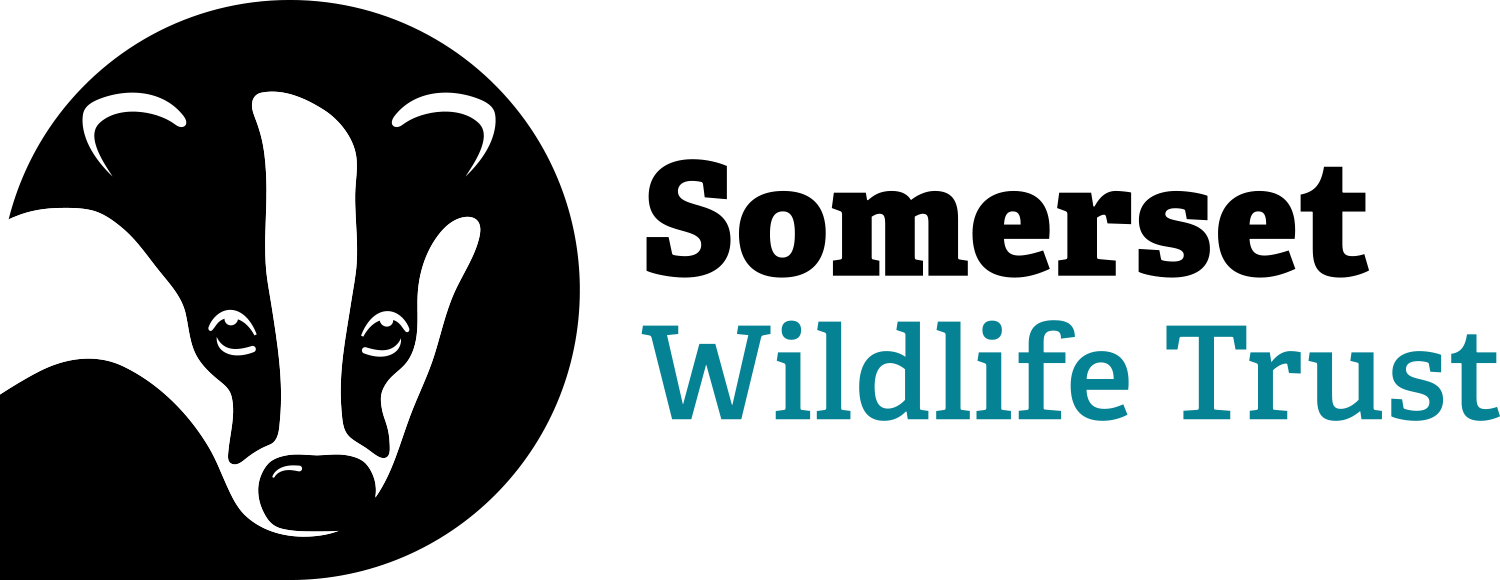Coastal communities, young people, and businesses from across Somerset have been taking bold action to protect and monitor the county’s coastline as part of the Wilder Coast project from Somerset Wildlife Trust. As part of this three-year project, over 350 community events have been held — thanks to support provided by 50 dedicated volunteers — and hundreds of people of different backgrounds and ages have been inspired to take a more direct role in standing up for Somerset’s coast.
The project, which was funded by Hinkley Point C Community Fund and the National Lottery Climate Action Fund, has now come to an end after a successful three years of coastal engagement and conservation efforts, and Somerset Wildlife Trust is celebrating its key accomplishments, along with the dedicated communities that have been involved:
-
Over 350 community events have been hosted across the county, including nature connection activities, citizen science training, educational talks and webinars, and practical conservation days.
-
14 new community-led initiatives were established, all the way from Brean to Porlock, including Bridgwater, which were focused on taking positive steps for nature within specific local areas, forming a network of action groups right across Somerset’s coast.
-
Citizen science records have been improved across the county through the use of iNaturalist, a popular wildlife monitoring tool used to map species distribution and track population changes.
-
Popular surveys were hosted through ‘Shoresearch’, part of a national citizen science programme focused on wildlife on the intertidal shore (the exciting place where the sea meets the land), and ‘Sea Watch’, part of the Sea Watch Foundation’s monitoring of marine species, which included dolphins and porpoises.
-
20 schools were involved in the project from across the county, and training events were provided to educators to help promote the importance of marine education.
-
Young people were supported in taking action for nature, including the ‘While We Still Can Group’, which was made up of 8 enthusiastic young people who hosted a ‘pop-up’ shop in West Somerset to promote the importance of recycling and keeping our oceans clean.
-
Businesses across the coast also collaborated on the project, including Minehead and Coast Development Trust and Dunster Holiday Chalets.
